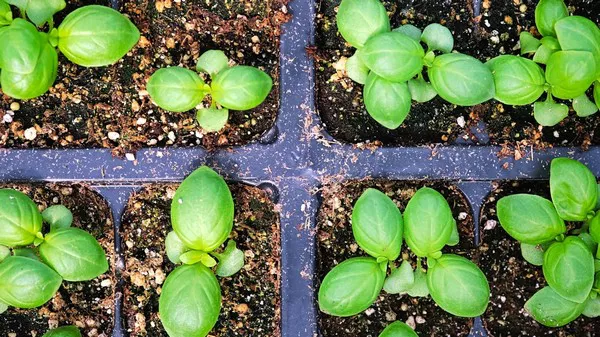Researchers at South China Agricultural University have delved into the genetic intricacies dictating flowering patterns in plants belonging to the Sapindaceae family, which includes prized species like lychee, longan, and rambutan known for their delectable fruits. Their study, aimed at unraveling these mechanisms, particularly focuses on the FLOWERING LOCUS T (FT) gene family’s pivotal role in integrating diverse cues that trigger flowering.
Published findings from the study identify a repertoire of 60 genes encoding phosphatidylethanolamine-binding proteins across six Sapindaceae species. Notably, this gene pool encompasses several paralogs of the FT gene, each evolved with distinct and at times contrasting functions. Specifically, while FT1-like genes stimulate flowering, their FT2-like counterparts act as suppressors, thereby retarding the flowering process. This dual functionality underscores the complexity inherent in the regulation of flowering among these plants.
The study’s outcomes resonate with prior research on FT genes’ involvement in flowering control. Analogous studies in model organisms like Arabidopsis thaliana have illuminated the intricate interplay between activating and inhibitory inputs regulating FT expression. Similarly, investigations in sunflowers have underscored how gene duplications and subsequent functional divergence within the FT gene family contribute to varying flowering behaviors across different varieties.
A pivotal revelation from the current study involves the identification of a natural genetic variant at nucleotide position -1437 within the lychee FT1 gene’s promoter region. This variant modulates the binding affinity of the SHORT VEGETATIVE PHASE (SVP) protein, a recognized antagonist of flowering. Binding at this specific locus suppresses FT1 gene expression, thereby postponing flowering. This discovery offers a prospective molecular marker for breeding lychee cultivars with finely tuned flowering times, potentially amplifying fruit yield.
Beyond enhancing genetic comprehension of Sapindaceae flowering dynamics, the study’s insights hold significance amid environmental stressors affecting agricultural productivity. Previous research underscores how external factors such as drought can perturb flowering timelines in plants, as evidenced in tomatoes where proteins like SlOST1 and transcription factors like SlVOZ1 interact to expedite flowering under arid conditions. Despite the mechanistic nuances, these studies collectively underscore plants’ adaptive genetic frameworks for balancing flowering amid environmental adversities.
Overall, the research from South China Agricultural University not only advances our understanding of flowering regulation in Sapindaceae but also furnishes pragmatic avenues for breeding programs. By pinpointing specific genetic variations influencing flowering time, the study paves the way for developing cultivars better adapted to diverse environmental niches and agricultural practices.
In conclusion, the study illuminates the complex genetic architectures underpinning flowering regulation in Sapindaceae plants, accentuating how these insights can be harnessed to drive agricultural advancements. By expanding upon foundational knowledge from other plant species, the findings offer a holistic perspective on the genetic determinants governing flowering time regulation.


